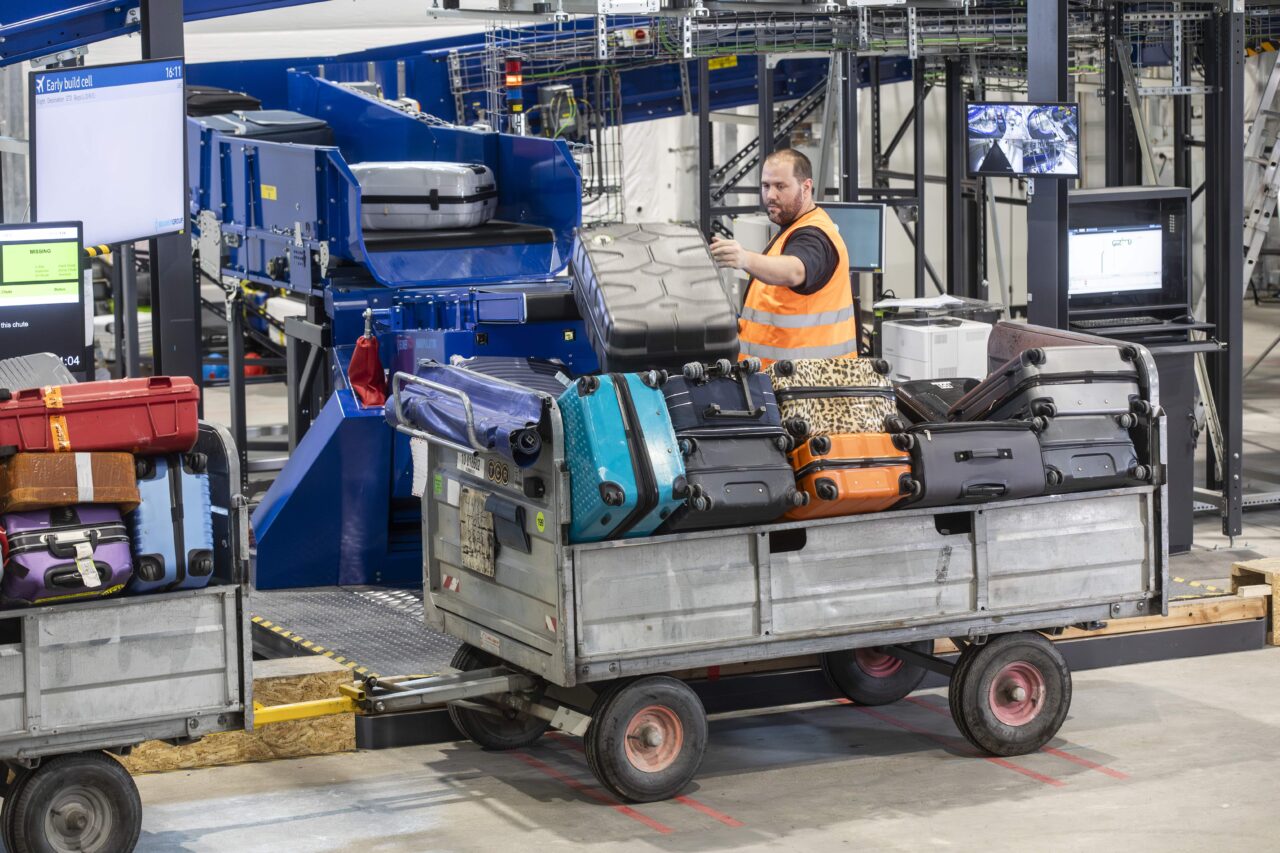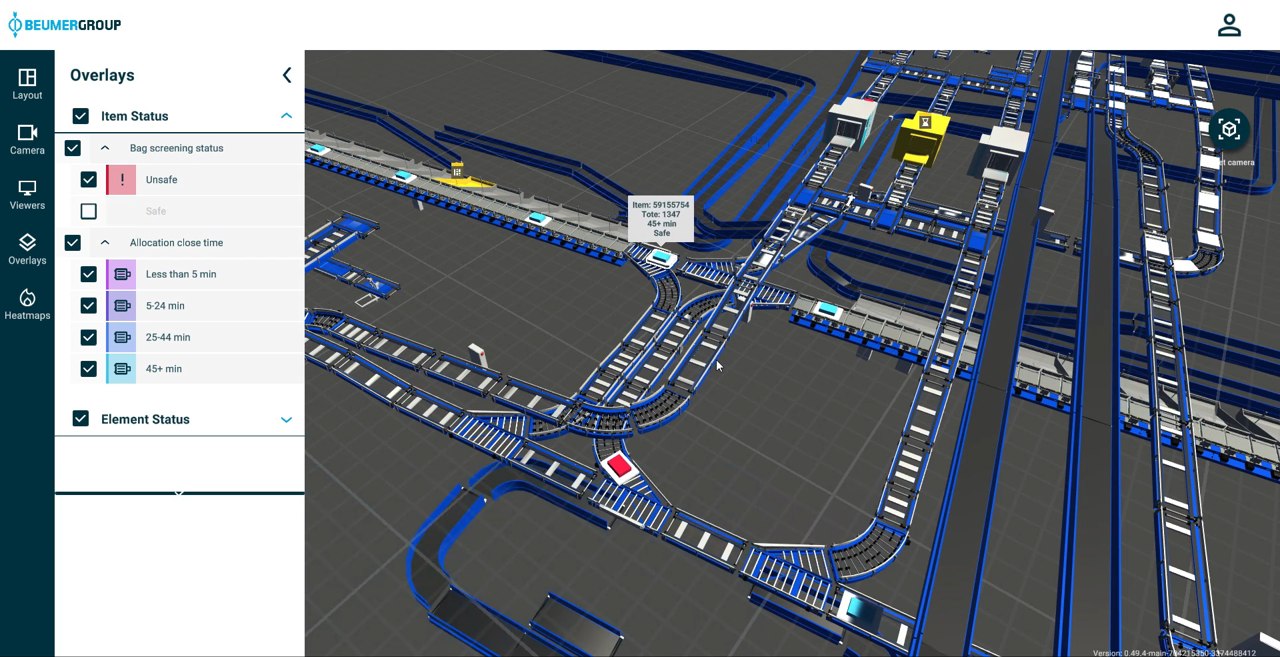By BEUMER Group
How will the airport BHS look in the future?
The BHS will become more self-managed in the future, with BSH technology integrating significantly more AI-controlled and autonomous systems. AI tools are likely to replace most decisions BHS operators make today.
If we look to the immediate future, autonomous processes will replace baggage loading and unloading because this part of baggage handling operations can be automated to a much greater degree than we are seeing today. We are likely to also see a higher use of AGVs for various processes, especially in ULD transport or dealing with last-minute or exception bags.
Longer term, we believe the BHS controls will make more operations decisions without the need for human intervention. We already see this in infant form, such as the system alarms that are triggered when an incident or anomaly occurs.
The enabler for this intelligent automation is the analysis of data that is collected from the BHS operations and sources. Data analytics and deep learning tools will reveal data patterns to predict irregularities and autonomously remove them before they even occur.
Which technologies will have the greatest impact?
AI-driven technologies will become the driver of many new BHS arrangements. They will be used more extensively than they are now and the AI-powered developments we see today are just the tip of the iceberg.
We are of the view that AI tools will drive BHS performance improvements and enable OPEX reductions. Data-driven AI tools are already performing predictive maintenance but will establish even better system service in the years ahead.
Following the vast potential of AI to change BHS operations, robotic technology will have the next most significant impact.
Robotics or other automated/semi-automated solutions will, in all probability, replace some of the existing manual processes, such as in the bag loading area. In doing so, they will improve baggage handlers’ health and safety.
















